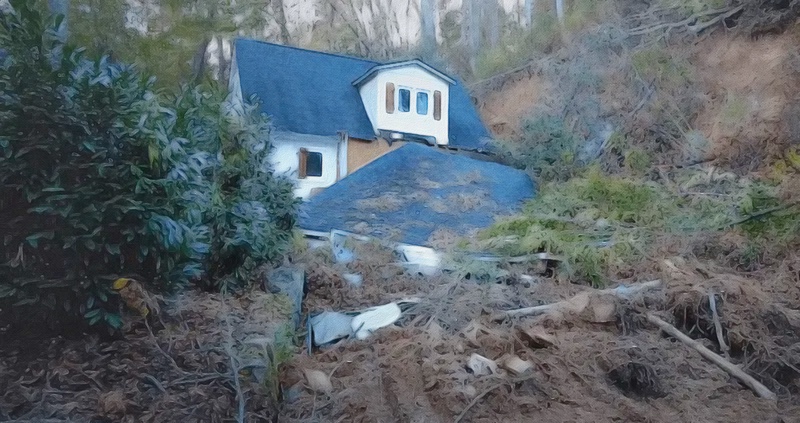
In the 3PL Eye
October 30, 2024
Talkin’ Turkey
November 27, 2024 Lingering Effects
Lingering Effects
NATCO was quite active in disaster recovery surrounding this past September’s Hurricane Helene. At least 234 people died and 26 remain missing as a result of the storm and, at $89.2 billion, Helene has proved to be the fifth costliest U.S Atlantic hurricane on record.
The storm itself dissipated on September 29th and, for many, the real trouble began after that: storm surge, flooding, landslide, and more. These are always awful; Helene has been particularly devastating.
A month later, the effects continue to impact the region.
Asheville has been much in the news due to it being so hard hit by Hurricane Helene. Alongside that, as of this writing the North Carolina Department of Transportation is logging some 395 incidents that remain unresolved. These include roads closed, roads impassable, lanes closed, lanes narrowed, local traffic only sections.

The vast majority of those are road closures.
The western part of North Carolina is a curious thing. Angling from southeast to northwest, it touches South Carolina, Georgia, Tennessee, and Virginia.
We have the Appalachians tracking through the region. Just north of Asheville, there’s Mount Mitchell ⏤ at 6,684 feet the highest point in North America east of the Mississippi. The region is teeming with hills, rivers, small towns and isolated homes that are now, still, inaccessible.
As our friends at Transport Topics headline it, “With I-40 Closed, Truckers Find Mountain Roads Tricky.” Not just tricky. Bottleneck-prone and dangerous:
The closure of Interstate 40 through the Pigeon River Gorge after Hurricane Helene has created challenges for some tractor-trailer drivers going between North Carolina and Tennessee.

Too many of them are ending up on two-lane mountain roads where they crawl along and sometimes get stuck. Officials from both states are urging through drivers to use only approved truck routes and to not blindly heed their computer navigation systems.
“Some trucks are following GPS routes that are programmed for passenger vehicles,” said NCDOT spokesman David Uchiyama. “Those are routes that accommodate passenger vehicles. But they’re steep, winding, curvy roads, not built for trucks.”
Good communication ⏤ say, between driver and dispatch ⏤ can proactively minimize getting stuck and putting person and vehicles in harm’s way. Here’s to that ability to communicate effectively. Here’s to a quick, safe, and effective recovery.
